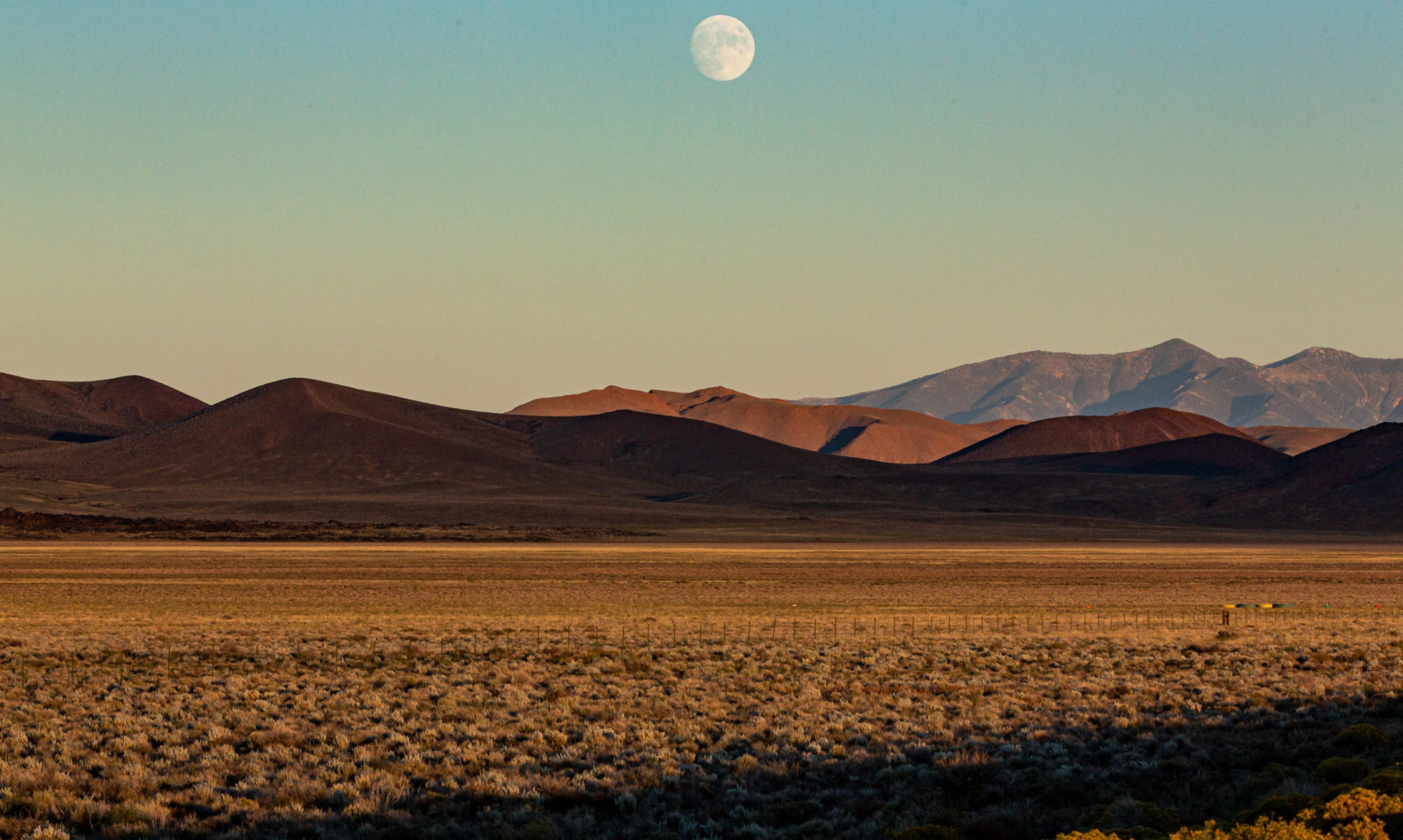We stopped overnight in Grants, New Mexico, our third night on the road from Chicago to Berkeley last month. I have vague recollections of the place from a hitchhiking trip in December 1974 (I was headed to Berkeley that time, too). I got dropped off on I-40 on the west end of town about 7 in the morning, and it was very cold; about 10 below zero is how I remember it. But I had only been out on the highway for a few minutes when a new-looking Chevy pull ed over. I noticed the car had California plates, and I was thinking that at the worst I’d get a ride all the way across Arizona, anyway. As we pulled back onto the highway, the driver asked where I was going. When he heard where I was going, he said I was in luck because he was headed to Oakland. He dropped me right at my friends’ house near College and Ashby avenues. I remember the driver stopping for gas soon after he picked me up, in Gallup, at a point where I believe the interstate still might have been under construction and you had to take the old Route 66 through town. The morning was still intensely cold, but I remember seeing several men–Navajo, I guessed, since we were very close to the Navajo Nation–stumbling very drunk along the street; farther on, a couple more were lying on a sidewalk passed out. It was a little scary and disturbing, and I was glad not to hang around.
On this trip, we got to town right at sunset and pulled into the first motel we saw, which happened to be a Comfort Inn. My brother Chris went out and found trunks for us at Wal-mart, and we all went swimming. We ate Domino’s Pizza, then crashed for the night. Next morning we stopped at cafe on the other side of town and picked up the local paper, the Cibola Beacon The cafe wasn’t great–the milk my nephew Liam ordered was curdled and the food was just sort of thrown at us. The paper wasn’t terrific, either (here’s a sample from a more recent issue, under the headline, “Wildlife Found Near Residence:”
“A bobcat was seen at a home in Grants near Mount Taylor Elementary School on Monday. Ida Ortiz, wife of former mayor Ronald Ortiz, was gardening at her home and noticed a small cat in the yard, which at the time, didn’t realize it was a bobcat. Ortiz called her husband and described the animal to him and he called public safety officials. Officials found bobcat foot prints in the yard and took all safety precautions from there especially considering a elementary school was right across the street. The bobcat was never found.”
In fact, the only thing in the paper that made much of an impression was the ad above, featuring the future rifle-toting toddler. I can’t think of anything to add to that at all.


